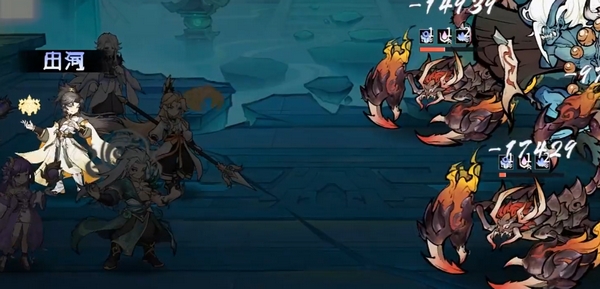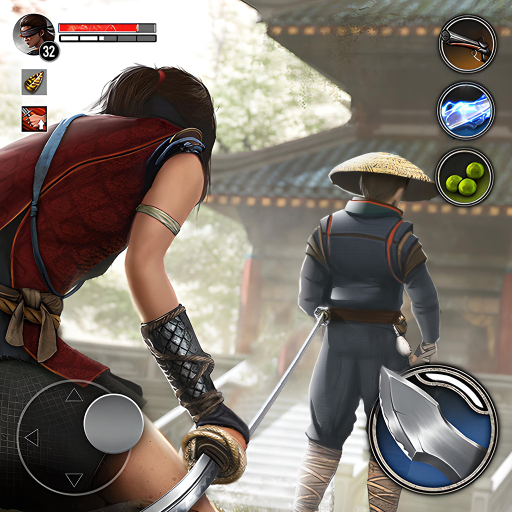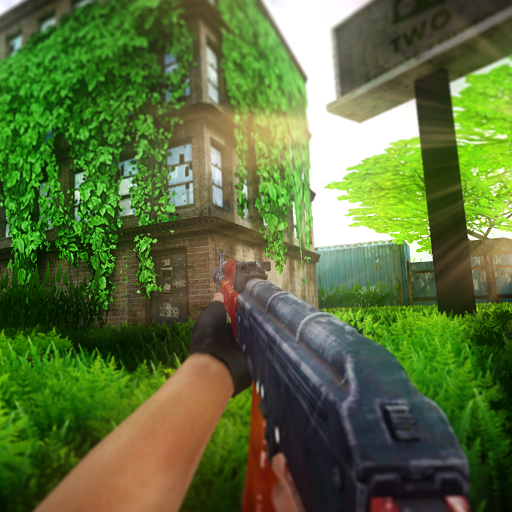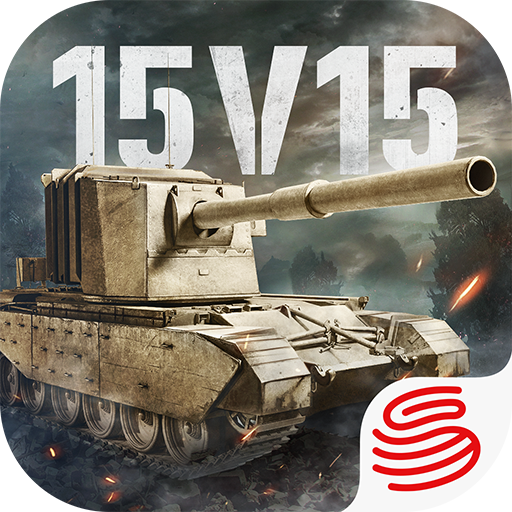
Otherworld Legends
Game Introduction
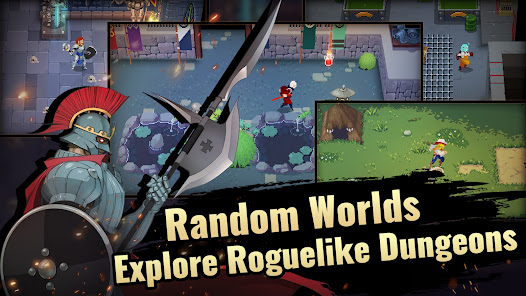


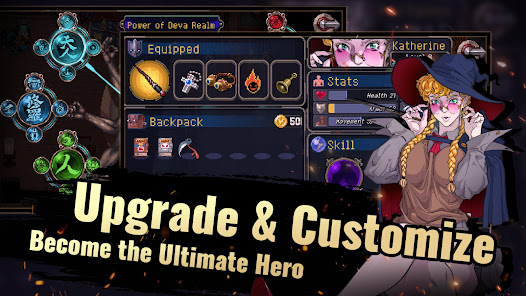

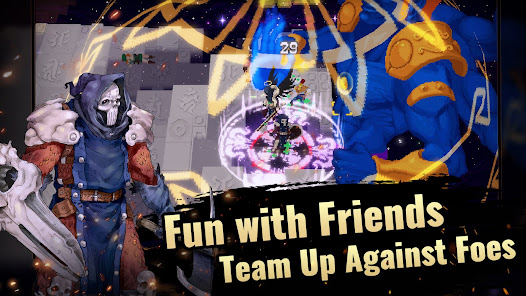
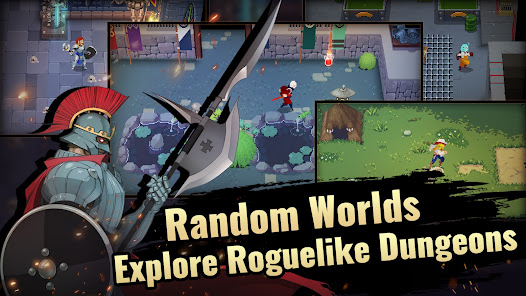


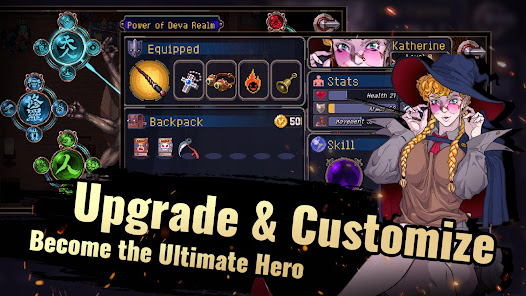
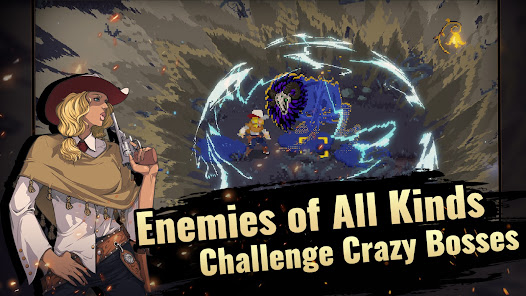
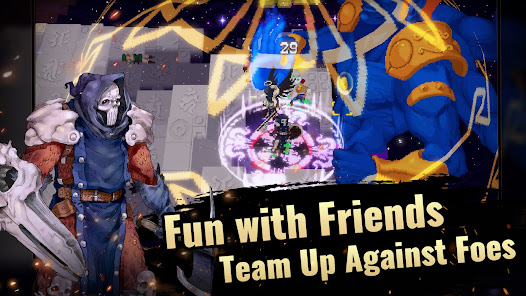
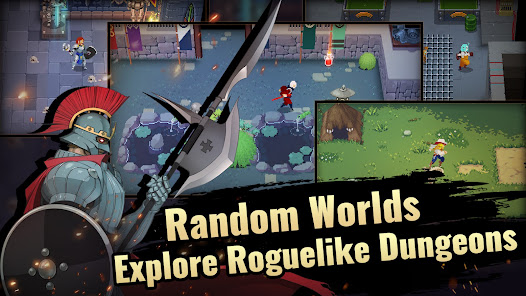
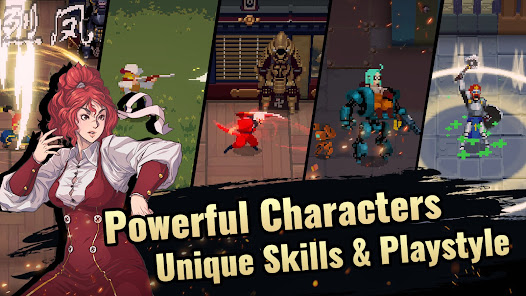

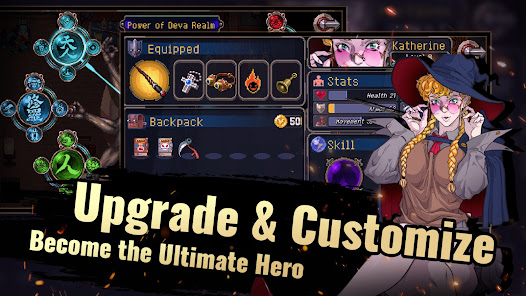
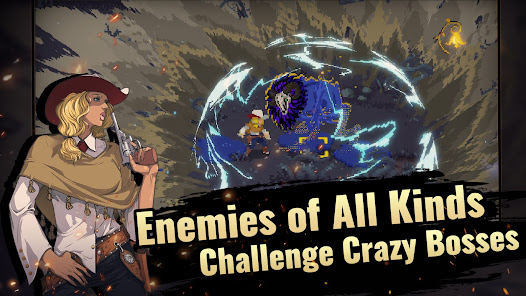
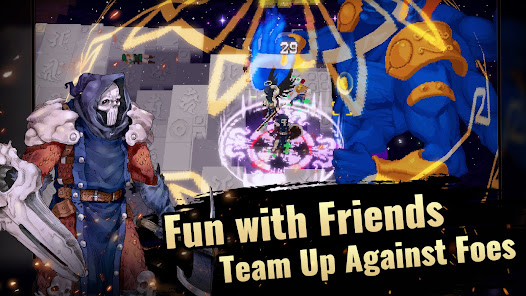
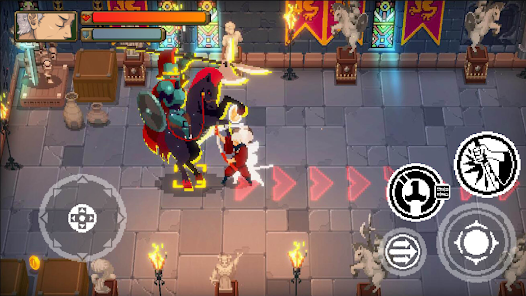
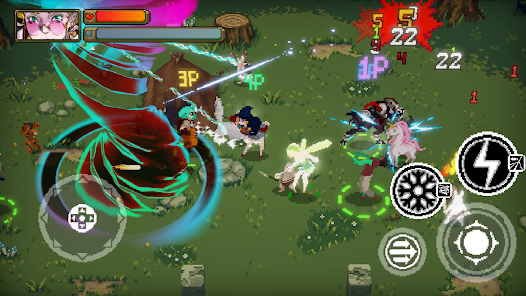

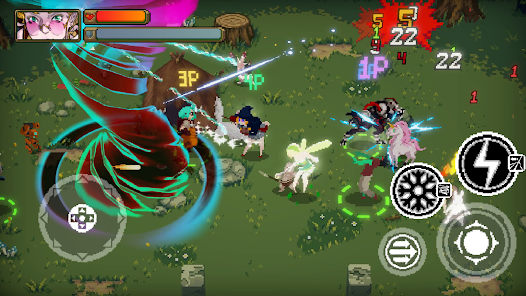
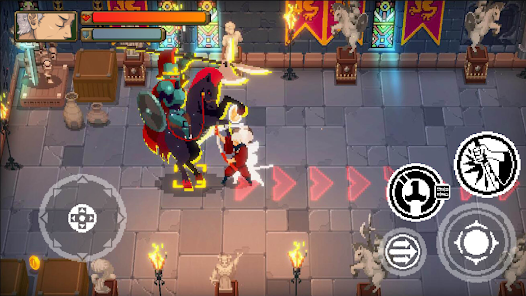
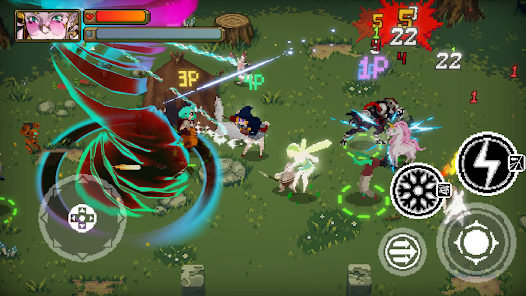


Hot Strategy
Which company is YiHuan? Introduction to YiHuan games
Which company's game is Alien Ring? As the game testing progresses, many people have become interested in the game and want to know who the developer is, wanting to learn more about it. So today, we will bring you a detailed introduction to this new work, to see who made and published it, and at the same time, get an understanding of its general gameplay. After reading, you will know everything about the game.
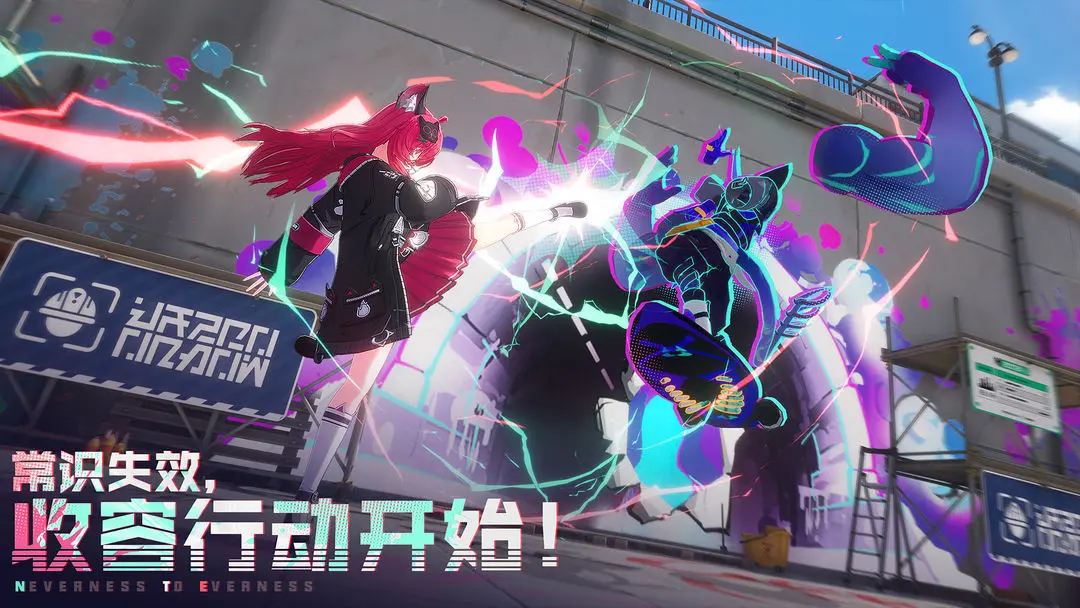
First, let's talk about the developer. The development team behind this work is the same as the one that created Tower of Fantasy, which is the Tower of Fantasy Studio. I believe everyone has played Tower of Fantasy. Although there were quite a few issues when it first launched, the current version of Tower of Fantasy is not bad, at least in terms of technical prowess, it's top-notch.

As the developer of the current version of Tower of Fantasy, with the support of such technical strength, Alien Ring, compared to Tower of Fantasy, can only be said to be even stronger. In this game, you can see a brand new large world. The large world of the game is divided into urban and wilderness areas, with the city being the main part.

This is different from other large world games currently on the market, where usually, cities seem like an added feature, and most of the gameplay is concentrated in the wilderness maps. However, in this game, the gameplay is concentrated in the city maps, because the theme of the game is urban legends, so the core naturally revolves around the city.

In the game's urban map, players can experience various stories adapted from urban legends. These stories are very novel, and combined with the game's combat, they provide a very good experience. Later in the game, you can also see conventional large world exploration gameplay, as well as novel vehicles, simulation management, and home-building gameplay. In terms of gameplay, it can be said that this game is one of the most diverse large world games available on the market.

The above is all the content about which company developed Alien Ring. After reading the introduction, I believe everyone already knows which company produced this work. Knowing which company it is and having a general idea of the game, you can now go ahead and experience the game with peace of mind.
Who is the Code Name Boundary Mengpo Prediction of Code Name Boundary Mengpo's Role Identity
Who is the character known as Meng Po in Code Name: Boundary? This game previously released a related PV, in which a stunning female character caught the attention of many players. Her face is very delicate, and despite her youthful appearance, she is actually the character Meng Po in the game. Many friends are not familiar with this character's background. In this post, we will make some bold predictions about the character's setting based on the demonstrations in the PV.

Meng Po is set as a deity in the underworld in this game. Of course, there are other deities in the underworld as well. She is mainly responsible for brewing the Soup of Meng Po, which is not much different from the setting in the mythological stories everyone knows. It is primarily used to guide other lost souls. The overall design of her image also aligns quite well with the descriptions found in folk culture.

She wears traditional Chinese clothing, with a rather ornate headdress on her head. The headdress is designed with many masks, symbolizing the mysteriousness of a deity. Her attire also incorporates some styles from ethnic minorities, further adding to her mystique. In the main storyline, she plays the role of a guide, helping players explore early missions and assisting them in traveling between the realms of the living and the dead.

From the PV, it can be seen that the design of this character also presents a certain contrast. For example, it shows the multifaceted personality of Meng Po, deviating from the traditionally deep and elderly image in folk culture. Instead, she is portrayed as a young and beautiful female character, which is quite a contrast.

Currently, she is also an important NPC in the game. When unlocking the new map for the Ghost Festival, you can interact with her to learn about the settings of that map. As for whether Meng Po will later become a tactical unit, the official announcement has not been made yet, but there is still a high possibility.

The introduction to Meng Po in Code Name: Boundary ends here. Regardless, it can be confirmed that her role in the main storyline is significant, making her an important character. Additionally, she is a dual-form character, with both white and black hair, which is quite intriguing in terms of her design. As for future developments, we will have to wait for more revelations from the official sources.
How is the code name "Mengpo" in the game? Is the code name "Mengpo" powerful?
In this eerie game world, Meng Po is a character with a mysterious aura but also plays a crucial role. According to the official information, everyone can see the unique charm of this character. Today, we will share with you about the Codename World Meng Po, and take a look at what makes this character so unique and appealing?

Meng Po's appearance is indeed very unique, choosing traditional Chinese attire, with details in the clothing incorporating elements of minority ethnic styles. She wears many masks on her head, giving off a mysterious vibe. It's worth noting that Meng Po has two forms: one with white hair and another with black hair. In her white-haired form, she looks more mysterious, while the black-haired form has its own distinctive charm. The overall makeup breaks away from stereotypical impressions, and this stark contrast also attracts players' attention. From an appearance perspective, she possesses a lot of allure, not conforming to traditional images, which is no wonder why people like her.
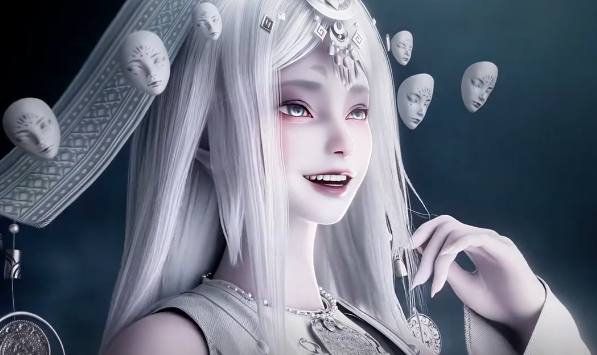
In the game's setting, Meng Po is a deity of the underworld, primarily responsible for ferrying souls. This setting closely aligns with traditional Eastern ghost stories, adding a rich cultural depth to the game. Throughout the game, Meng Po also plays a significant functional role, serving as a guide in the main storyline. As players embark on their adventurous journey, Meng Po can help them navigate between the realms of the living and the dead. For example, when exploring the demon realm, players can rely on Meng Po's assistance to complete tasks smoothly, gaining a deeper understanding of the game world's rules and background story, thus driving the plot forward.
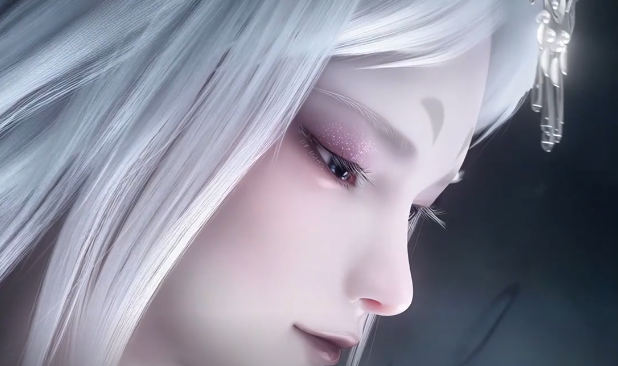
Although the strength of Meng Po's skills has not been revealed yet, based on her positioning, these skills are bound to be unique. Given her identity as a deity, her abilities are likely centered around yin-yang forces or souls. She may possess control or support skills, or possibly area-of-effect (AoE) capabilities. In specific scenarios, such as facing soul monsters, Meng Po's skills can help players win quickly. Besides guiding the main storyline, Meng Po is also closely linked to the game's play system. Once new maps are unlocked, interacting with Meng Po can help players familiarize themselves with new areas faster.
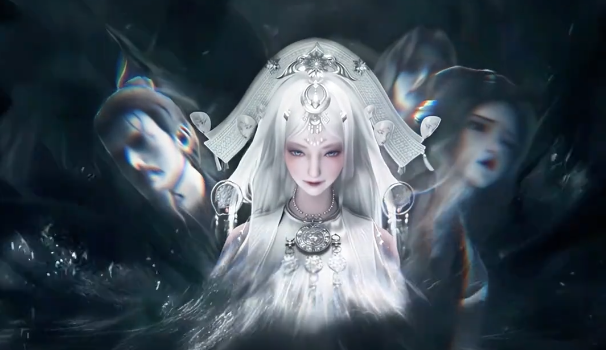
Whether it's her appearance or her role, Meng Po is seamlessly integrated into the storyline. What is the Codename World Meng Po really like? It has already demonstrated a high level of design. Players are eagerly anticipating the full manifestation of Meng Po, and with further testing of the game, Meng Po is expected to bring even more surprises.
How to obtain the Alien Ring Cerberus: Methods for acquiring the Alien Ring Cerberus
How to get the Cerberus? In the game, there are not only various powerful characters but also many mounts. These mounts can make map running more efficient and traveling easier. Each mount has a different method of acquisition, and one of the more popular mounts in the game is the Cerberus. Many friends do not know how to obtain the Cerberus. In fact, completing tasks can get it. Next, I will share the specific process.

First, you need to go to Lakeview Street and find a place called the Overpass. On the overpass, you will see an ordinary little dog. If you haven't taken on a similar quest before, you can accept a side quest here called "The Bond of Three Dogs." After completing this, you can unlock the Cerberus bond system.

The task process is relatively simple, with the system guiding you through all the tasks automatically. After completing the tasks, you can see the bond with Aubrey, the Cerberus, through the "Bond Encounter" interface. Upon entering, there will be a reward column, with a level 5 bond reward, a prop called the "Triple Melody Sightseeing Line."
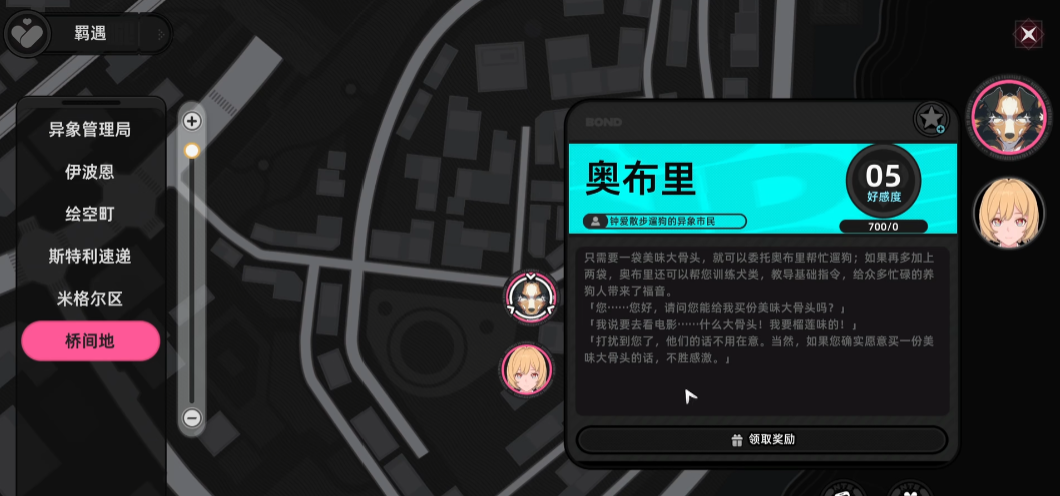
So, first, you need to raise the bond with this little dog to level 5. You can increase its affection by giving gifts every day, with a limit of 3 gifts per day. It's best to give it gifts that it likes, which can raise its affection to around level 2. After reaching this stage, some hidden side quests will be unlocked, which also need to be completed. At this point, the affection should be around level 5.

After obtaining the prop, you will find that its description states that only underage characters can ride the Cerberus. So, even if the affection is met, you may not be able to ride it directly. Go to another area as hinted, and you will find that only children can interact with it and ride it. Characters like Chouju, Nanali, and Requiem are generally usable.

The detailed process of obtaining the Cerberus has been shared. To get this mount, it's not just about completing tasks; it's a long-term process that requires some time. Players must be patient. Once you successfully acquire the mount, you will find that it is quite majestic and impressive.
How to Play Against Izen Early Mist: Izen Early Mist Strategy Guide
How to play Sanae? Sanae is a very cute character in the game, small and adorable, with the appearance of a cute little girl. She is a member of the antique shop and has a very cute summon, a pet with devil horns. She is an enchantment ability user. Many players still don't know how to operate this character. Next, I will share Sanae's gameplay strategy so we can learn together.
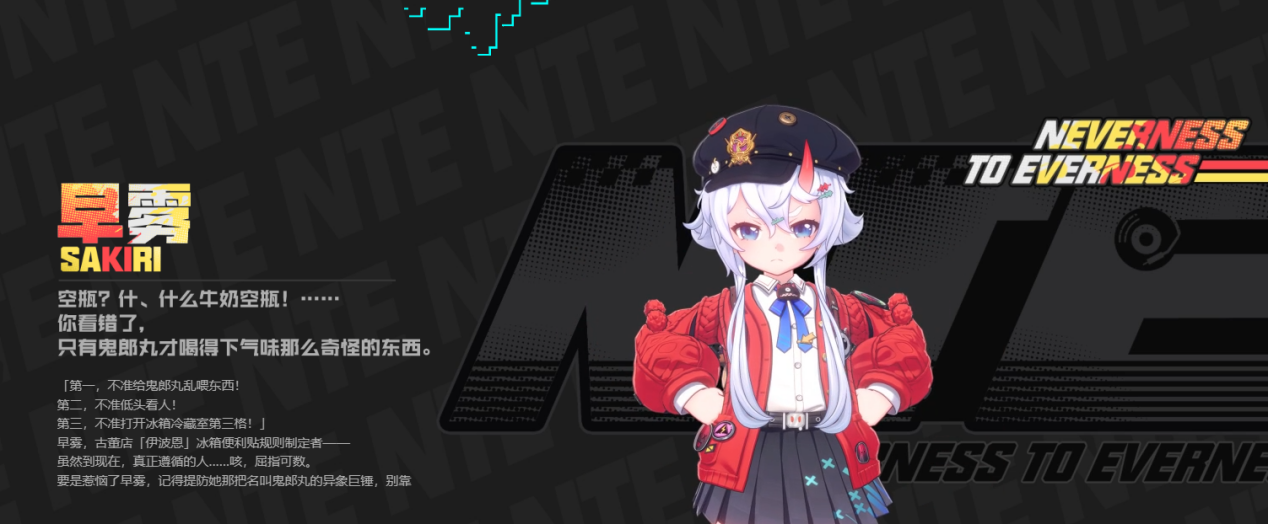
She is a control type character with some shield-breaking capabilities. In the team, she can limit the opponent's actions through control-related skills, thereby creating a more favorable output environment for her teammates. Her basic attack consists of a 5-hit combo that allows for continuous attacks on enemies. Holding down the button can directly suck enemies into Gouranmaru's body.

After using her minor skill, tapping can pull monsters to her side, as the minor skill has a monster-gathering effect. When holding down, her pet will bite through the ground and then throw the enemy into the air to float, controlling them mid-air, making it easier for teammates to focus fire on the opponent.

When her ultimate skill is released, it summons a black, oil-like mire from the sky. If enemies come into contact with it, they will be immobilized, thus creating a good offensive environment for teammates. For team composition, Sanae + Brandt + Zhezhi + Guardian is recommended. With Sanae as the core damage dealer, Brandt for gathering and controlling monsters, plus increasing damage, Zhezhi for enhancing energy accumulation; and Guardian for healing and providing shields, it forms a relatively complete system.

In terms of equipment selection, priority should be given to attack power and critical hit attributes. The "Annihilation's Fury" 4-piece set is a very suitable choice for her, significantly enhancing her burst capability. During battles, pay attention to using normal attacks to trigger passive effects, and then use skills with teammate buffs to maximize output damage.
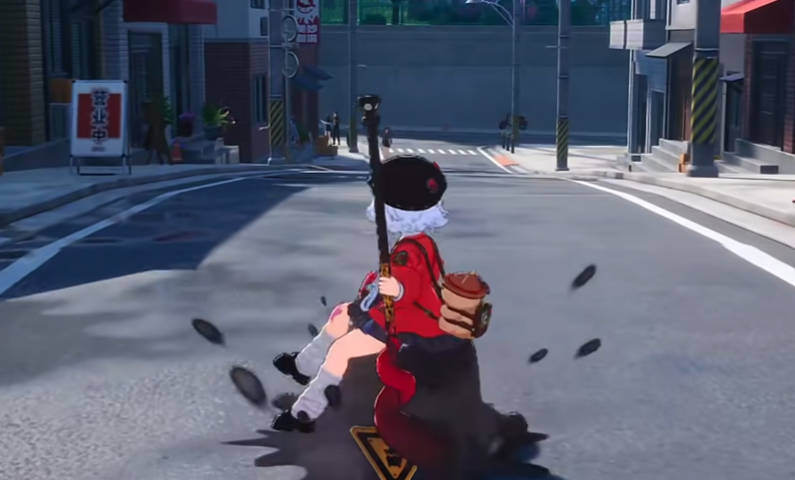
Now, player friends, you know how to play Sanae, right? Sanae is actually quite powerful overall. With the right equipment and team configuration, her output can be fully utilized, making her one of the characters worth investing in.
How to Play Anahera Nanari: Anahera Nanari Gameplay Guide
How to play Nana Li? In this otherworldly role-playing mobile game, there are many interesting characters, and Nana Li is one that players encounter relatively early and is very popular. She is an S-class shadow assassin character and also a partner of the antique shop. In battle, she can deliver high-frequency critical hits. Many friends are not quite clear about how to play this character. Next, I will explain her gameplay strategy for everyone to understand together.

The core output of this character relies heavily on her passive ability, which is through the stacking of "Night Charm" layers. Each successful dodge adds 1 layer, with each layer increasing the critical hit rate by 4% and movement speed by 8%, up to a maximum of 5 layers; in combat, you need to actively approach the enemy, trigger the attack, take some low damage, and use skills to increase dodges.

The order of skill release significantly affects her output efficiency. You can start with "Shadow Step" to dash towards the opponent, which has a 1.5-second stealth effect, making the next attack a guaranteed critical hit, increasing the damage to 120%. It's best to immediately follow up with the second skill after the stealth ends, which can deal 5 segments of damage, each segment having a 30% chance to cause bleeding.
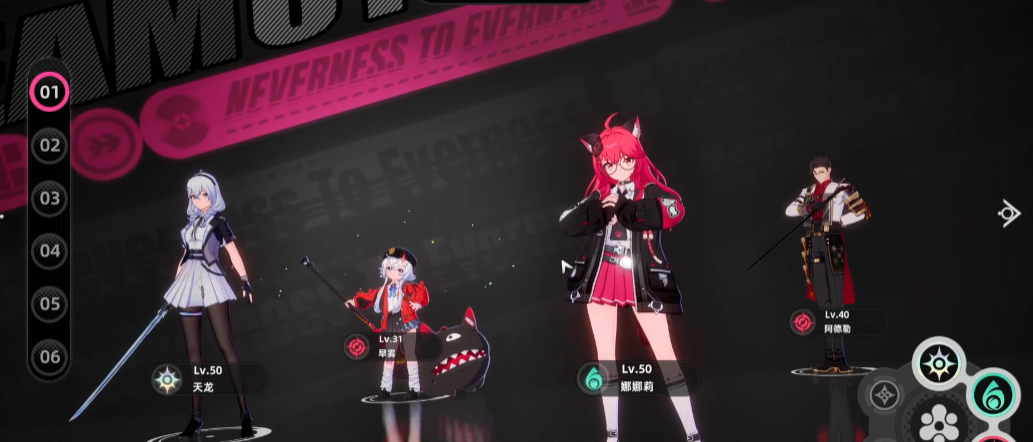
The ultimate skill is best used when the enemy's health is below 40%, as it can deal 600% attack damage to the main target and surrounding enemies, and reset all skill cooldowns. For equipment, prioritize critical hit and dodge as the core; dual daggers are the first choice for weapons, with inscriptions focusing on critical hit and critical hit rate; for armor, the four-piece set of the Assassin is recommended, where evasion can increase critical hit damage by 45%.
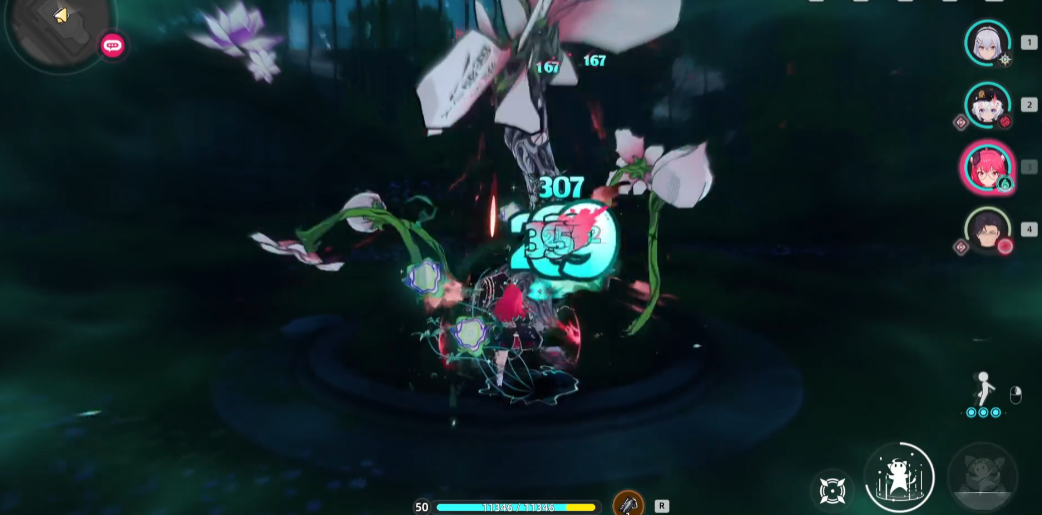
In the team, you need a healer and a crowd controller. For example, with Nana Li as the main DPS, Eileen as support, and Black Feather as the controller, Eileen can increase the team's attack speed by 15%, and Black Feather has the ability to gather enemies, triggering her AOE attacks. If fighting a boss, choose Lane, whose taunt effect can provide a more stable environment for Nana Li.
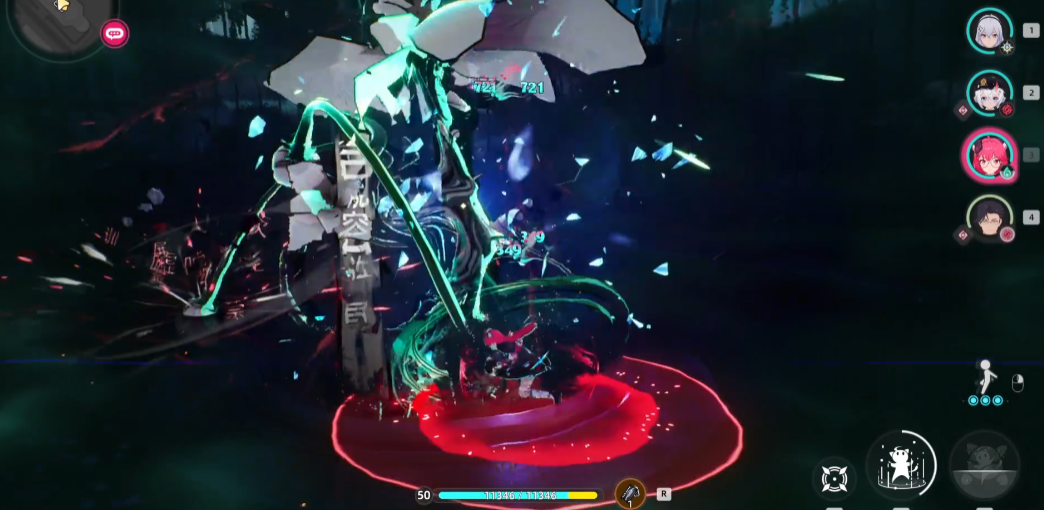
Now, do friends know how to play Nana Li? This character is actually quite challenging to master, with prediction and skill chaining being very important. Moreover, the cultivation period for this character is relatively long. However, once fully developed, she can deliver a significant amount of damage in the team and plays a very powerful role in many dungeons.
How to Play Alien Loop Cargo: Introduction to Alien Loop Cargo Gameplay
How to play the cargo transportation in Another Ring? The cargo transportation gameplay in the game "Another Ring" is mainly reflected in the "Cargo Delivery Missions". Players can accept missions on the map, drive a truck to deliver goods to the target location within the specified time, and at the same time, avoid illegal actions to ensure the success of the mission. Therefore, if you want to complete this task quickly, you need to follow the strategy strictly to avoid unexpected situations.

First, every day you can find the symbol for cargo delivery missions on the map, go to the designated location and talk to the NPC to start the mission. Usually, you can open the map and look for places with exclamation marks to quickly find the character, and then after the conversation, you can receive the mission you need to do. It's recommended to prioritize main quests so that you can unlock all areas of the map, making it easier to complete tasks later.
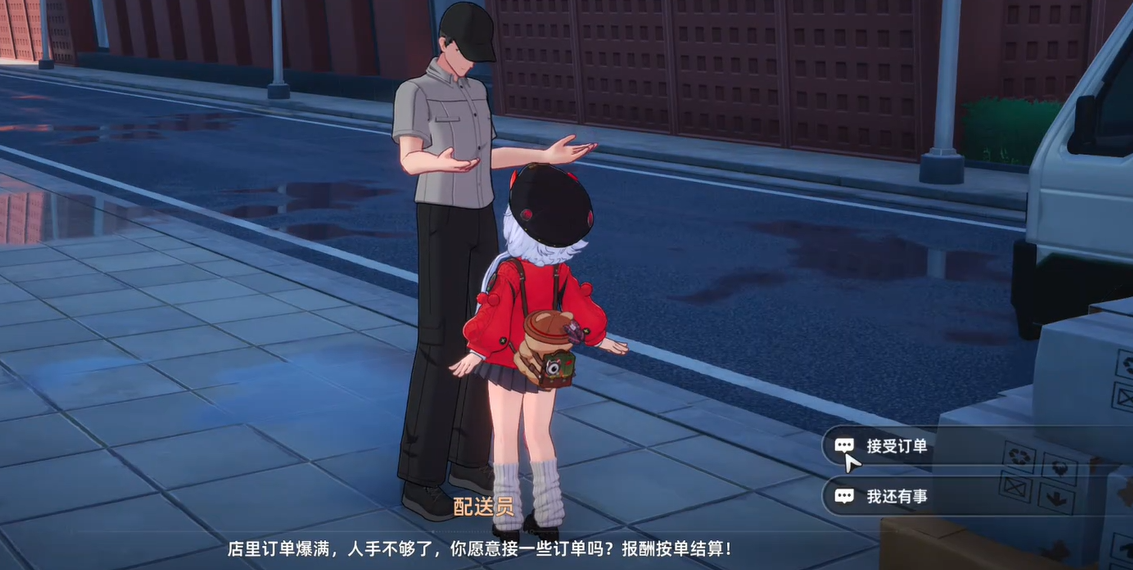
Players need to drive a small truck to transport goods. The mission usually takes 1-2 minutes, and you must follow traffic rules, avoiding collisions or rule violations, as these could lead to mission failure. During the drive, it's best not to do other tasks, because characters from other missions might affect your work, such as those in pursuit-type missions.
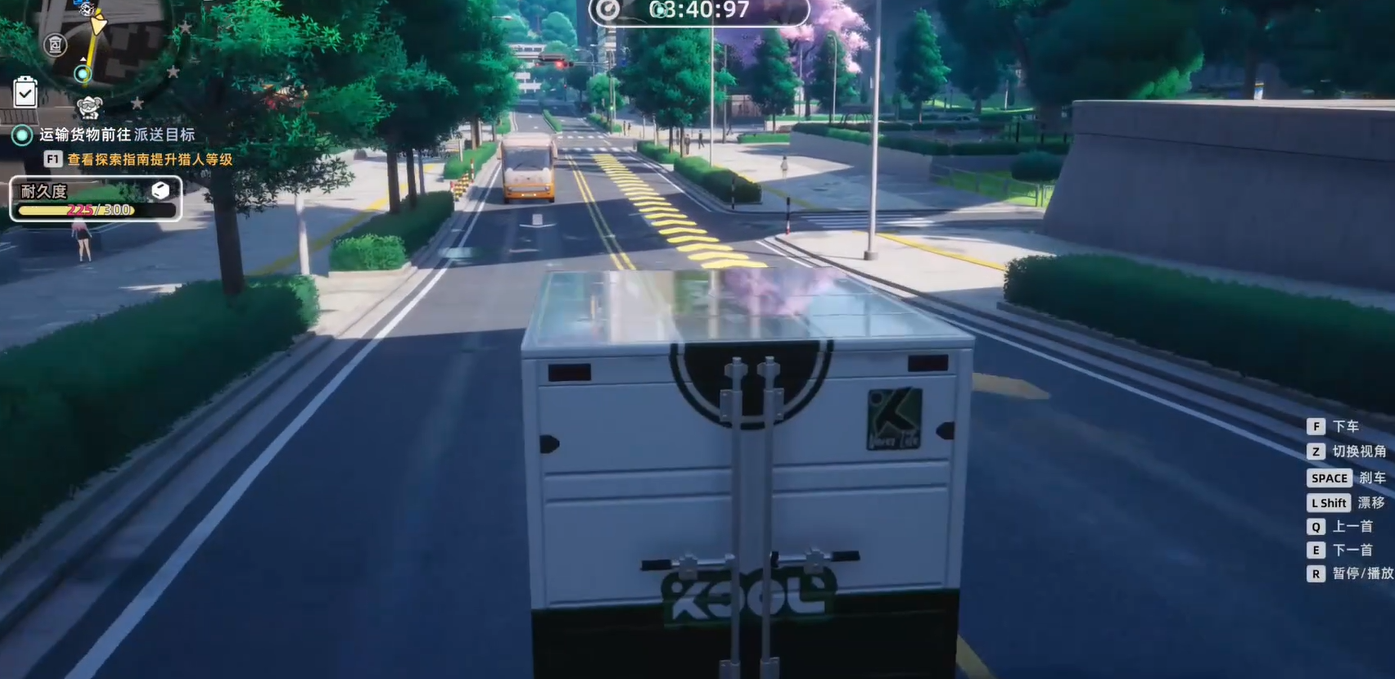
Based on the completion of the delivery (such as time, condition of the goods, etc.), different professional scores are awarded, which affects the final reward. To get more rewards in a short period, players must strictly adhere to the game's requirements, allowing them to gain more resources early on, which will be helpful for leveling up and enhancing personal combat power.
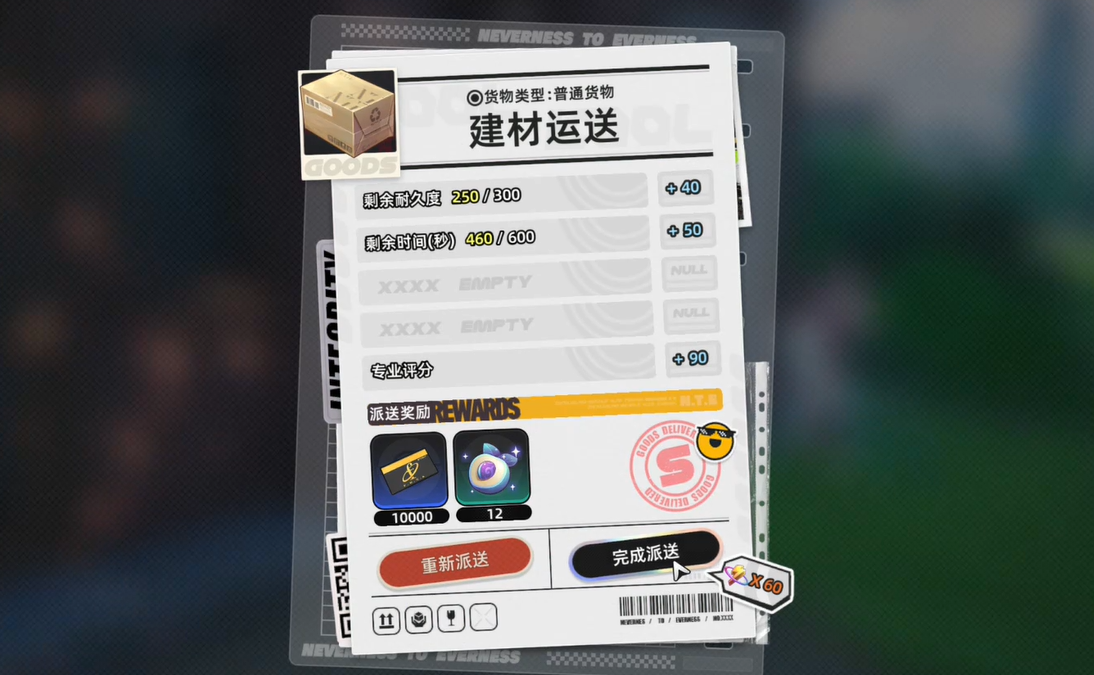
To obtain more resources or experience points, players should refer to how to play the cargo transportation in Another Ring? The cargo transportation gameplay in "Another Ring" simulates the efficiency and risks of real-world logistics, suitable for players who enjoy driving and strategy. However, during the drive, also pay attention to the dangers around, so you can overcome all obstacles and become the ultimate winner!
Can Yihuan Swim? Sharing of Swimming Methods and Locations in the Yihuan Mobile Game
Recently, I discovered a sci-fi themed game called "Hetero Ring" developed by Hotta Studio under Perfect World. It builds a mysterious and surprising underwater ecosystem for players. So many players wonder, "Can you swim in Hetero Ring?" In this open-world game, swimming is not just a way to move around but also a complete exploration and combat system. Players can freely dive into the water, feel the realistic fluid resistance, changes in underwater light and shadow, and even encounter hidden treasures and enemies. So today, I'll share some swimming methods and locations in Hetero Ring.

In Hetero Ring, swimming is not simply "walking on water," but it has its own independent action system. When the character enters the water, they switch to a swimming posture—arms paddling, legs kicking, with smooth and natural movements. The feeling of water resistance is accurately simulated; sprinting quickly consumes stamina, while slowly swimming saves endurance. Additionally, different depths of water affect the lighting effects, with shallow waters being clear to the bottom, while deep seas gradually become darker, even requiring a light source for exploration.
After players complete the first chapter, "Lakeside Trial," the system automatically unlocks the swimming function. When approaching the water, a swimming icon will appear on the right side of the phone screen. Sliding the left side of the screen moves the character, holding down the diving button dives, holding down the ascending button ascends, and quickly double-clicking the swimming icon sprints. However, when diving, pay attention to the blue oxygen bar in the upper left corner; when it's almost depleted, the character will automatically flail. These are some basic operations for swimming.
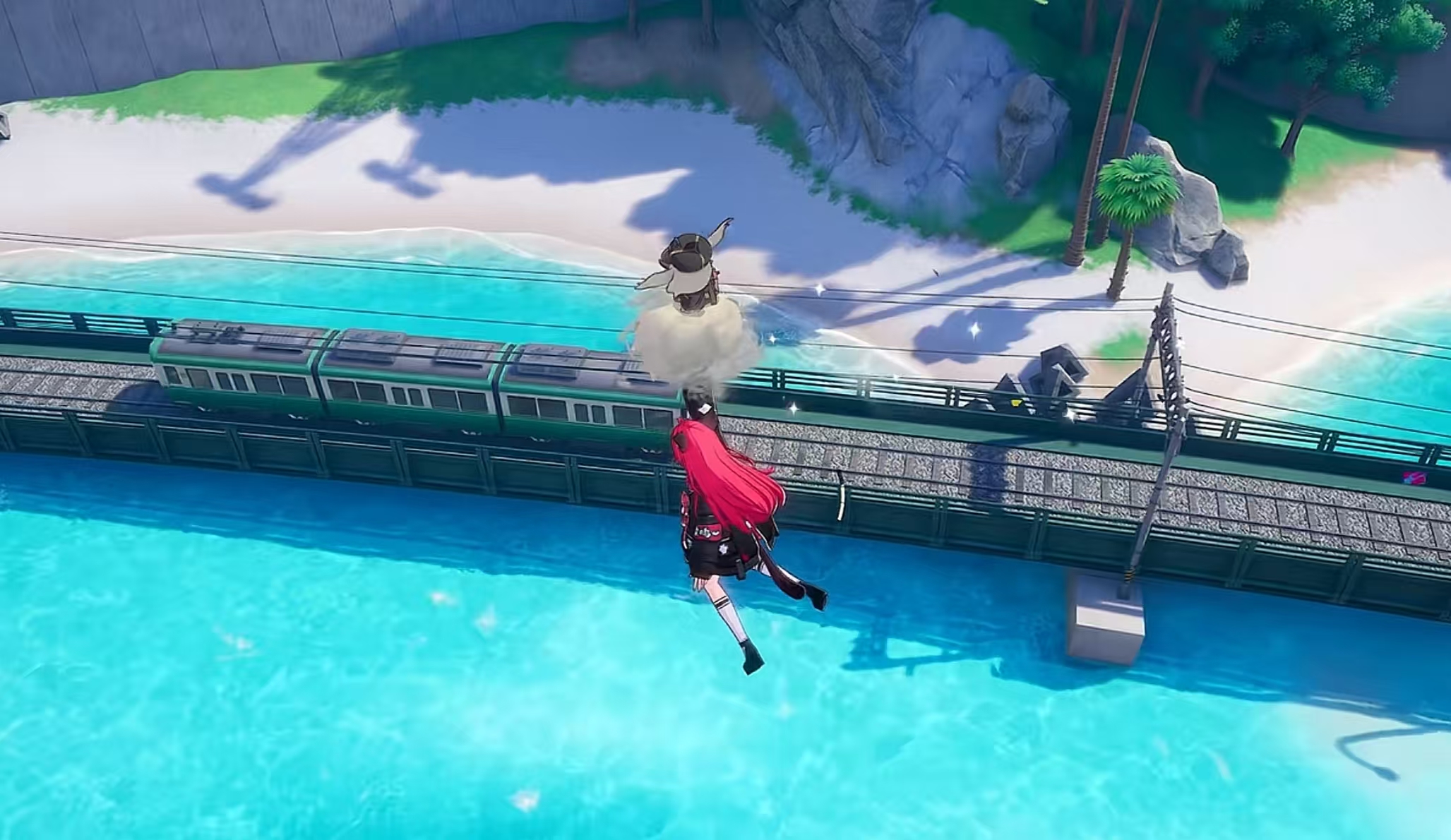
The underwater world in Hetero Ring is full of exploration fun. Players can discover sunken ancient civilization ruins, which hide precious artifacts and equipment, as well as rare minerals and plant resources that can be used to make advanced gear and potions. Sometimes, random underwater events are triggered, such as rescuing a stranded diver or investigating mysterious phenomena.
Now, I'll share three great places to swim with all the players: 1. Emerald Lake (recommended for beginners) located in the Morning Wind Plain. Its features include gentle currents and abundant basic underwater resources, where you can obtain fluorescent water grass (pharmaceutical material) and three bronze treasure chests; 2. Abyssal Strait (intermediate challenge) located at the Broken Coast. It features an ocean current system, requiring players to master countercurrent techniques, and includes hidden content, such as a golden treasure chest in the wreckage (which may contain purple equipment); 3. Starlight Hot Spring (special area), which can only be unlocked after completing the side quest "Hot Spring Guardian." However, the hot spring area can restore stamina, a unique mechanism. Sometimes, swimming at night triggers the "Starry Bath" buff as an Easter egg.

Hetero Ring has a unique underwater combat system. Underwater, weapon swing speed decreases by 30%, but piercing weapons' damage increases by 20%; however, water-based magic effects are enhanced by 50%, while fire-based magic is completely ineffective. Some special underwater skill trees include unique skills like "Current Sprint" and "Water Pressure Shield." Additionally, dynamic water flow affects projectile trajectories and movement speed.
Hetero Ring is also particularly stunning in terms of visuals and audio, with realistic light refraction and scattering effects, dynamic swaying of water plants and corals, and over 50 unique underwater AI creatures, along with immersive underwater sound design, including the impact of pressure changes on hearing, all of which bring a fresh experience.

Finally, what I shared today about whether you can swim in Hetero Ring, and the methods and locations for swimming in the mobile game, is just the beginning. Hetero Ring not only allows you to swim but also creates a rich and diverse underwater ecosystem. From physical simulation to exploration gameplay, from the combat system to visual presentation, the underwater world of Hetero Ring offers hundreds of hours of new gaming experiences. Whether you're an adventurer who enjoys quiet exploration or a player seeking thrilling combat, the underwater kingdom here is worth delving into. Now, let's put on our diving gear and uncover the mysteries of the underwater world in Hetero Ring together!
Which S-tier characters are in Anima? A complete list of S-tier characters in the Anima mobile game.
S-level characters in the game possess relatively strong combat power, and of course, their skill mechanisms are also different. Many players, when experiencing the game, want to understand these characters and position them, so that they can use these characters more reasonably in battles. Below, the editor will lead everyone to learn about S-level characters, as their role in the entire game is not to be underestimated and needs to be used reasonably in different scenarios.

Nanali: In the game, she has strong mobility and a particularly high burst damage. New players may not be suitable for using her because of the high difficulty in operation. However, as an assassin, she is the main damage dealer of the team, excelling in single-target bursts and able to clean up the battlefield. Her operational ceiling is especially high. After acquiring this character, players should use her skills reasonably and can also summon ghostly pets to fight together.

Yi: As a fierce warrior for close combat, he is relatively flexible in movement and has particularly strong survivability. A notable characteristic of his is having a human body with a wolf's head, and he can directly transform into black water to dodge obstacles. He can freely move through buildings. His normal attack is a quick series of punches and kicks, which also have control effects. However, once his ultimate skill is cast from the darkness, it deals extremely powerful damage, and he becomes invincible after using it.
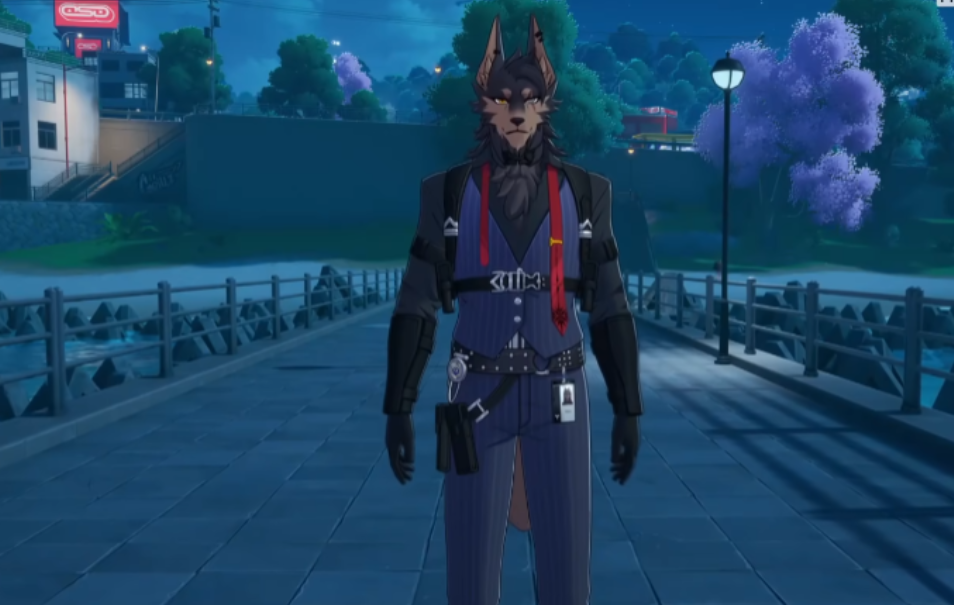
Baicang: Can block fatal damage and provide healing effects, increasing the survival rate of teammates. He can be widely used in team battles as a support character. Once he uses the corresponding skills, he can quickly restore the health of his teammates. Even if the enemy temporarily leaves the scene, he still has a way to make the enemy continuously lose health if he uses his ultimate skill.

Xun: He has a very satisfying feel in terms of control and is also quite mysterious. As a support character, whether in one-on-one boss fights or small-scale team battles, he can easily become the main character. After all, once his core skill is used, it can instantly freeze enemies while allowing him to move freely. Therefore, this S-level character needs to be widely utilized.

Requiem: As a damage dealer, he can transform. His operations are relatively flexible, and his ultimate skill is both visually impressive and powerful, making him overall very cool. His attacks carry marked target damage, which is relatively high, and the explosion range is also broad.

The main S-level characters in the game are as mentioned above. These characters not only have strength but also possess unique skills. If players acquire these characters, they need to use them reasonably and let them play a significant role in battles.
How to Play the Cargo Transport in Anelace: A Guide to the Cargo Transport Gameplay in the Anelace Mobile Game
As a rather interesting game in the二次元genre, Heterocycle also involves important components, such as how to play the cargo transportation. In fact, many players know that the cargo transportation gameplay allows everyone to freely explore in an open world. When players choose to experience the game, if they are not only tense but also cautious during transportation, and may even encounter some random events, this will make the players face numerous challenges during transportation.

The so-called cargo transportation gameplay is that players freely explore in an open world. In fact, throughout the city, in various areas, there are also different types involved. These tasks often have certain time limits and require players to deliver goods to the designated place within the specified time. At this point, players need to face real challenges. Once the time is missed, it actually means the failure of this task for the player, thus making the player feel more tension during transportation.

After accepting the cargo transportation task, players must first plan which route to take to deliver the goods. When choosing a specific route, they should also choose the shortest and safest path, which can effectively save time and reduce risks, helping with transportation. In fact, players need to be careful and cautious when transporting, as unexpected situations can occur at any time. For example, players might encounter a "honey trap" during transportation. As a trap, how should players respond to minimize losses or avoid mission failure?
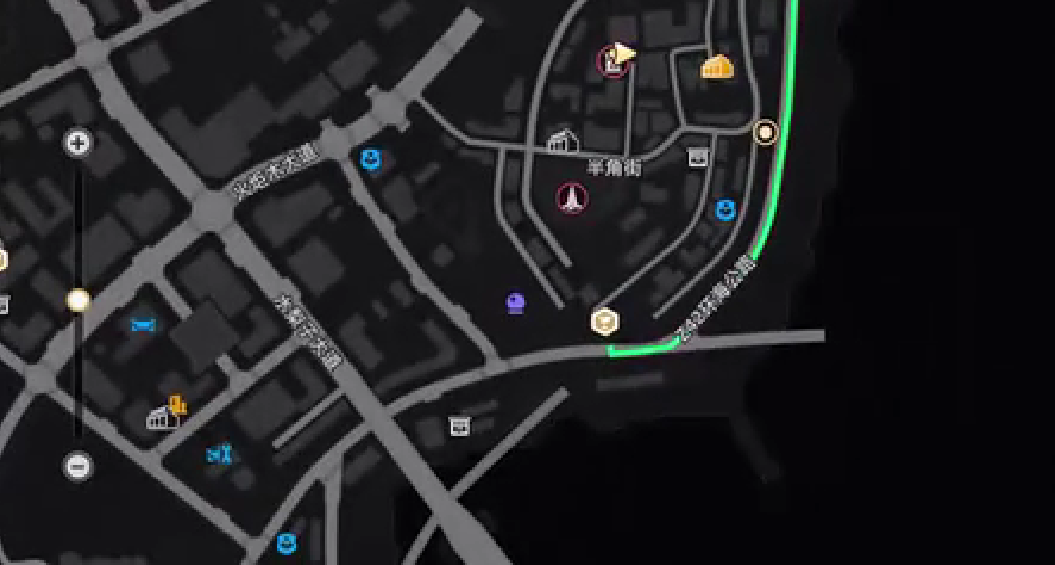
When performing cargo transportation tasks, players can choose different vehicles. There are quite a few vehicles involved in the game, and players should note that different vehicles definitely have different characteristics and functions. When completing the corresponding transportation tasks, players should choose suitable vehicles. After all, some transportation tasks require players to arrive quickly, so they can choose a sports car. However, there are also different requirements for other tasks, such as needing to cross complex terrain, where players can directly choose an easier-to-control electric scooter.

How to play Heterocycle's cargo transportation? Through the above introduction, players should have some understanding of this aspect. During transportation, they will face various problems, and of course, they may also face challenges at any time. To make the game more distinctive and to give players different experiences, it is suggested to be flexible in handling situations during transportation.
Recommend
Strategy
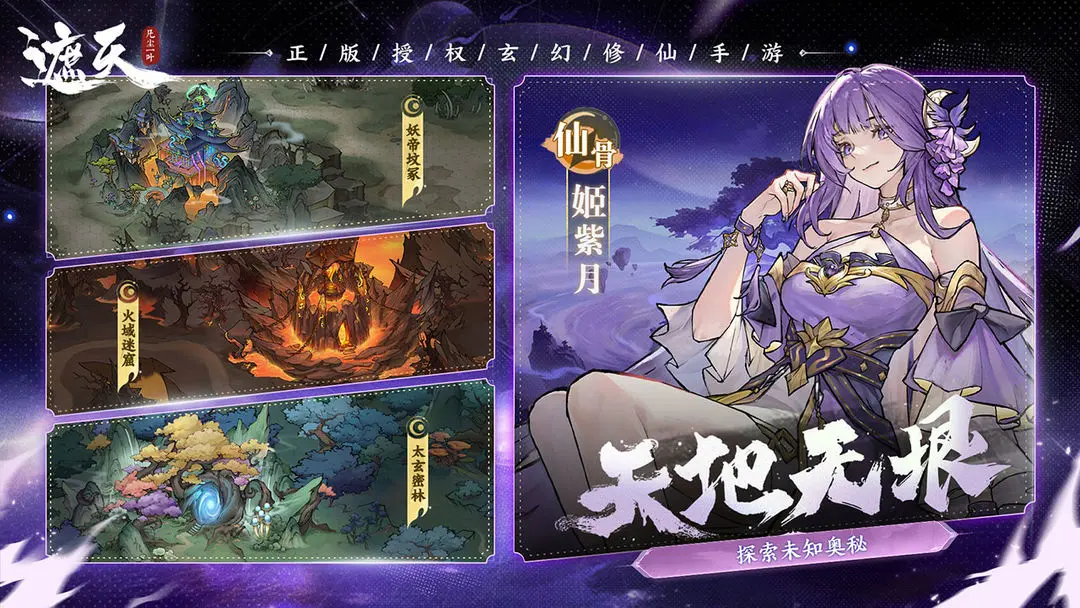
A Guide to Zhetian Fanchen Yiyue Sharing Tips for New Players on How to Play Zhetian Fanchen Yiyue
Introduction to the Public Beta Time of Zhetian Fanchen Yeyi When is the public beta for Zhetian Fanchen Yeyi?
How is Zi Yue from Zhetian Fanchen? Introduction to Zi Yue from Zhetian Fanchen
What are the Luhida Origin redemption codes? Sharing of Luhida Origin mobile game gift codes
Lu Xida Origin Team Recommendations Lu Xida Origin Team Guide
Lu Xida Origin Strategy Sharing: Beginner's Guide to Lu Xida Origin
